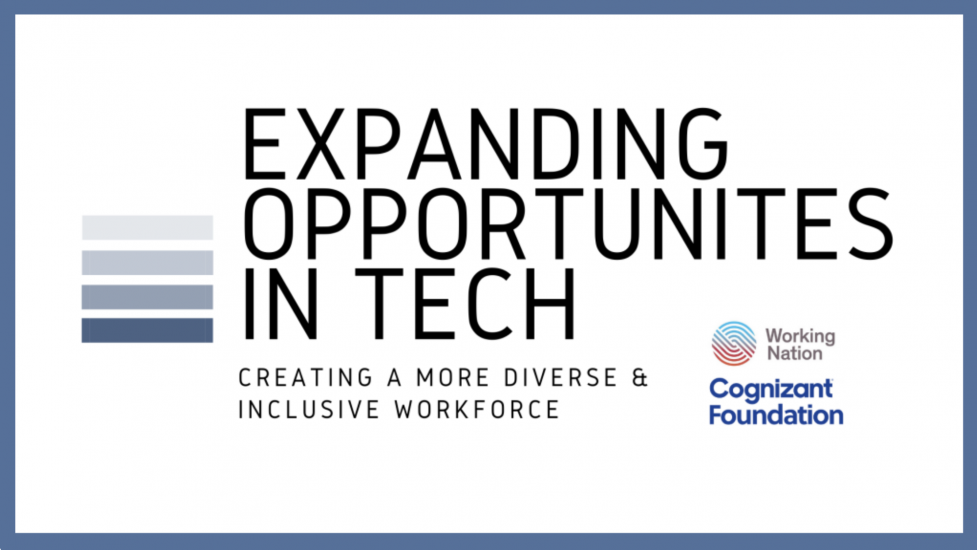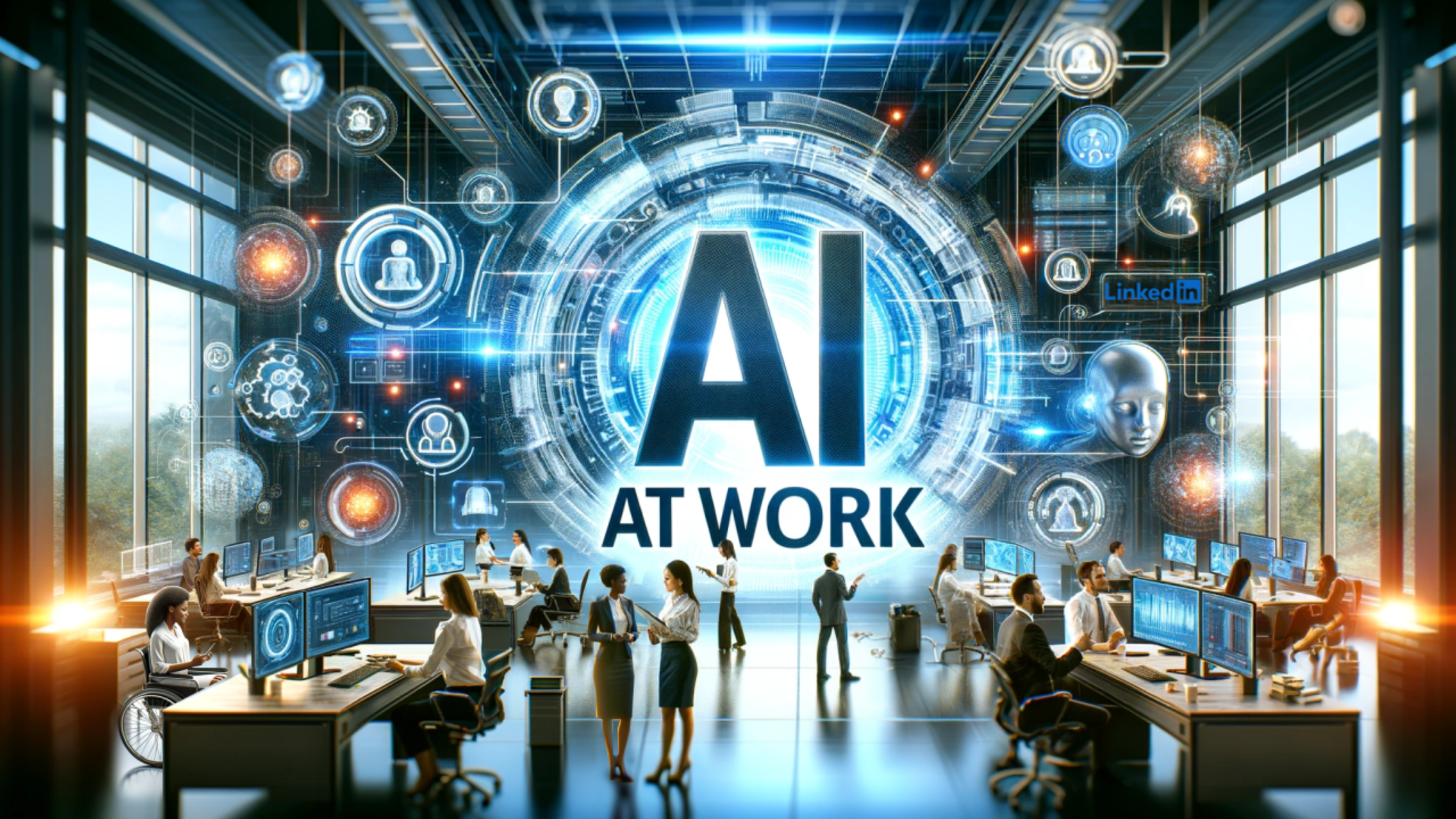WorkingNation has partnered with Cognizant U.S. Foundation to explore solutions to the lack of diversity in the tech industry in a series of podcasts and articles. We’re sharing these stories every Friday through early March here on WorkingNation.com.

Over the last few weeks, we’ve shared stories of organizations that are on the ground, working to increase the number of women, people of color, and people from low-income backgrounds in the tech industry. In this fifth part of the six-part series, we want to look at the issue of expanding diversity through a different lens—through the eyes of the philanthropists who are helping fund these workforce development and training programs.
Even before the pandemic, the makeup of the tech industry was decidedly white and male with just one-third of the jobs being held by women or BIPOC, according to the Computer Trade Association. The diversity gap has just gotten bigger over the past year.
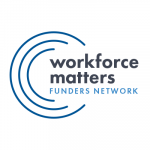
“COVID has disproportionately impacted underrepresented populations. We’ve seen the numbers. We’ve seen the data,” says Kristen Titus, executive director of the Cognizant U.S. Foundation philanthropy, and a member of Workforce Matters, a large network of philanthropic organizations focused on workforce development.
“It’s time we pause and reflect on the needs of each distinct population and put forward strategies that are all-inclusive that address barriers and level the playing field for everyone,” she tells WorkingNation.
To this end, philanthropists are turning a critical eye onto their own industry, pointing out internal, systemic inequities, and calling on all funders to be more self-reflective on their own diversity in order to ensure an economic recovery that provides jobs to everyone regardless of race, color, gender, or socio-economic status.
A Racial Equity Framework for Workforce Development Funders
Workforce Matters draws on the experience of its members to help “strengthen workforce development philanthropy and advance equitable access to quality education and employment for young people and adults.” Their goal is to make certain that every worker prospers, particularly in a post-COVID economy.
As the pandemic and then the racial unrest unfolded in 2020, the organization convened a group of its members to help develop concrete, equitable responses to both crises. In A Racial Equity Framework for Workforce Development Funders, the organization finds that “even well-intentioned philanthropic responses to the crises had the potential to perpetuate or exacerbate existing racial and ethnic inequities.”
While acknowledging the good work that already has been done through the funding of workforce development programs, the report calls on philanthropic organizations to be even more self-reflective in order to eliminate “systemic racism.”
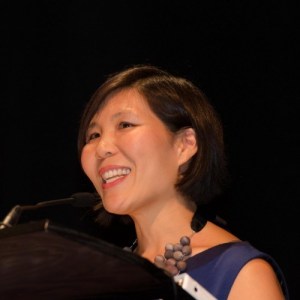
“I think philanthropy writ large has a diversity problem,” says Loh-Sze Leung, the co-director of Workforce Matters. “A lot of that is historical. It’s going to mirror the distribution of wealth in this country and how that wealth has been generated over generations.”
She adds, “And while diversity does not equal equity, there is a clear connection, I think. And if you don’t even have the representation (internally), it’s going to be hard to get to the equitable outcomes.”

“Over 90% of foundation executives are white and clearly 90% of the philanthropy we’re doing is not. In fact, if anything, it’s probably targeted the other way,” says Gayatri Agnew, co-chair of Workforce Matters and Senior Director, Opportunity, of Walmart.org. “So you have this mismatch of lived experience to our leadership of philanthropic organizations, those who are staffing organizations.”
“The reality is the philanthropic sector itself has its own reckoning with structural racism to have. And part of having that is understanding why money flows, how it flows, and pausing long enough to say, ‘Should it be that way? Or is it just that way because the system has pushed it to be that way over time?'”
Structural racism is not solved alone, says Agnew. And she believes this framework from Workforce Matters is an important step forward.
Leung adds, “At the heart of it, the idea of the framework is to give workforce development funders an entry point to looking at their own practices, grantmaking, and other assets, through a lens of how can they increase equity and close disparities or inequities. Let’s look at our own houses before we point the finger at what government needs to, or community-based organizations need to, do differently. We really wanted to mind our own knitting, so to speak.”
According to the report, the framework is intended to identify concrete ways for funders in the workforce development field to interrupt the systemic racism embedded within the field’s practices, policies, and programs; the institution of philanthropy; our own organizations; and the labor market in communities they serve.
The report suggests springboards from which funders may lead change and cites examples of race-conscious workforce initiatives undertaken by the workforce development field as well as by philanthropy.
“If we don’t do something, we’re just going to get more of the same in our recovery,” argues Leung. “If we don’t change our underlying practices that landed us in this moment, where huge numbers of workers who are primarily Black women and Latinx women who are losing their jobs. And so we need to lift up those underlying issues and shine a light on them.”
Diversity at the Top Leads to Diversity Throughout
“This is such a brilliant example of where collective action is needed across industries, across partners, across philanthropies, and companies. It’s a different way of thinking and that’s super important,” explains Agnew.
This self-examination has a real impact, says Workforce Matters and its members. If you do not bring in diversity of thought and experience at the funder level, you might miss opportunities to support impactful programs in your local communities. Research has shown that increasing the diversity of your own teams improves outcomes.
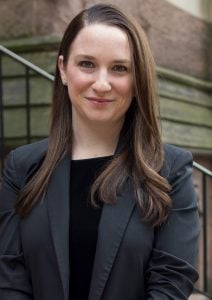
“Changing entrenched systems is hard and requires funders to come together and agree on our collective definitions of success, aligning efforts to both be responsive to industry needs and advance diversity and inclusion in tech,” says Titus of Cognizant U.S. Foundation.
“We also must be intentional in finding the initiatives and programs that are truly changing the way things operate. It’s on us to do the due diligence and track outcomes to make sure our grants lead to change. And sometimes this means digging deeper to find lesser-known promising organizations and scale their impact.”
We’ve looked at some of these innovative programs throughout the Expanding Opportunities in Tech series, which you can follow here.

